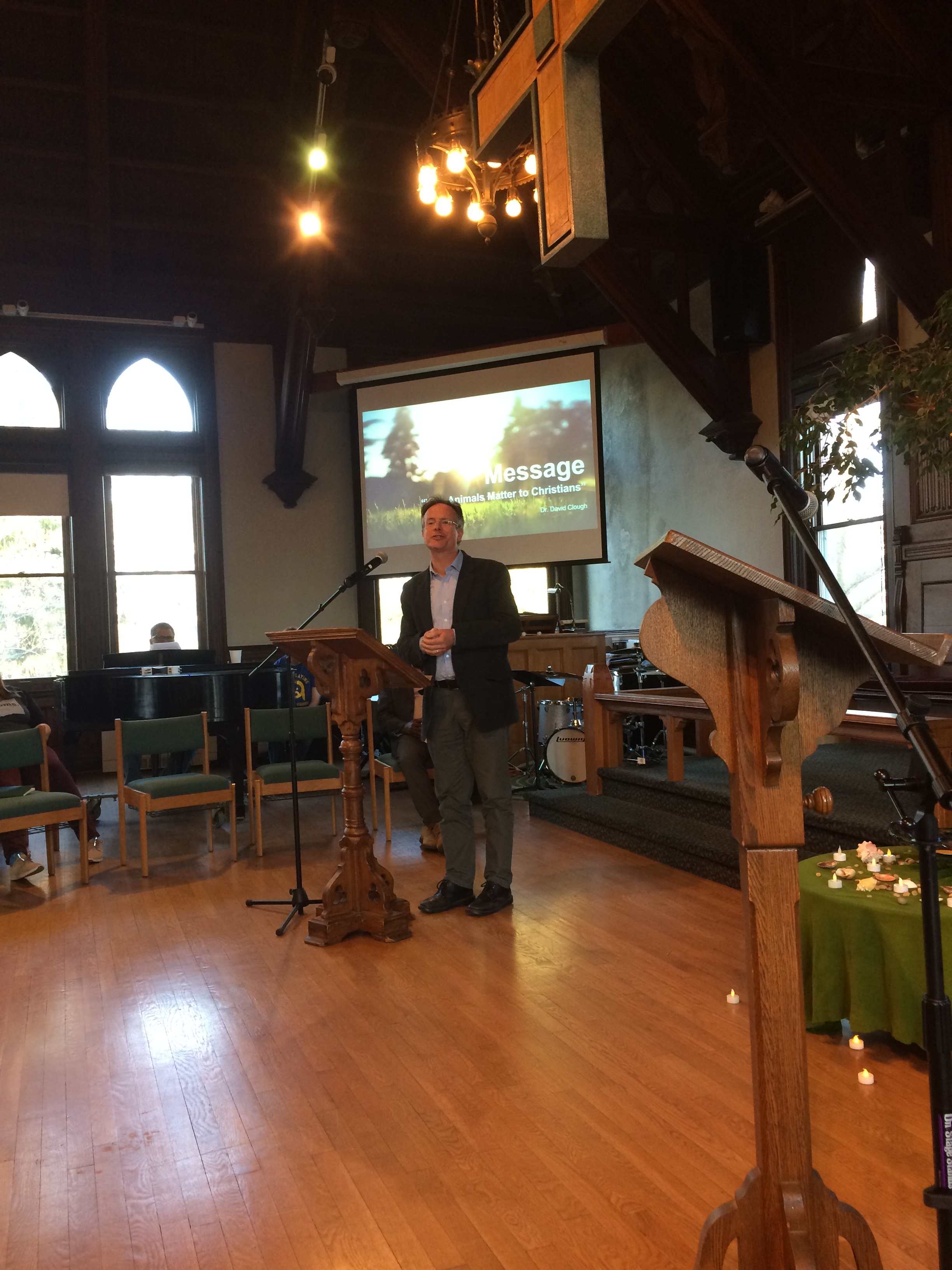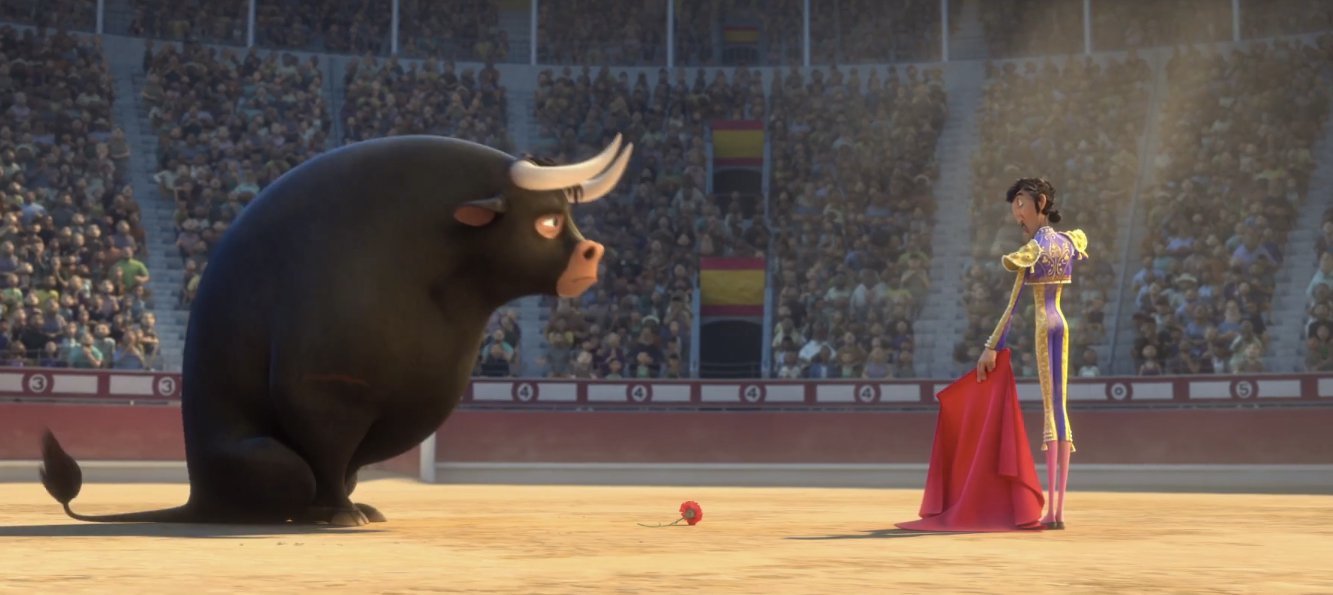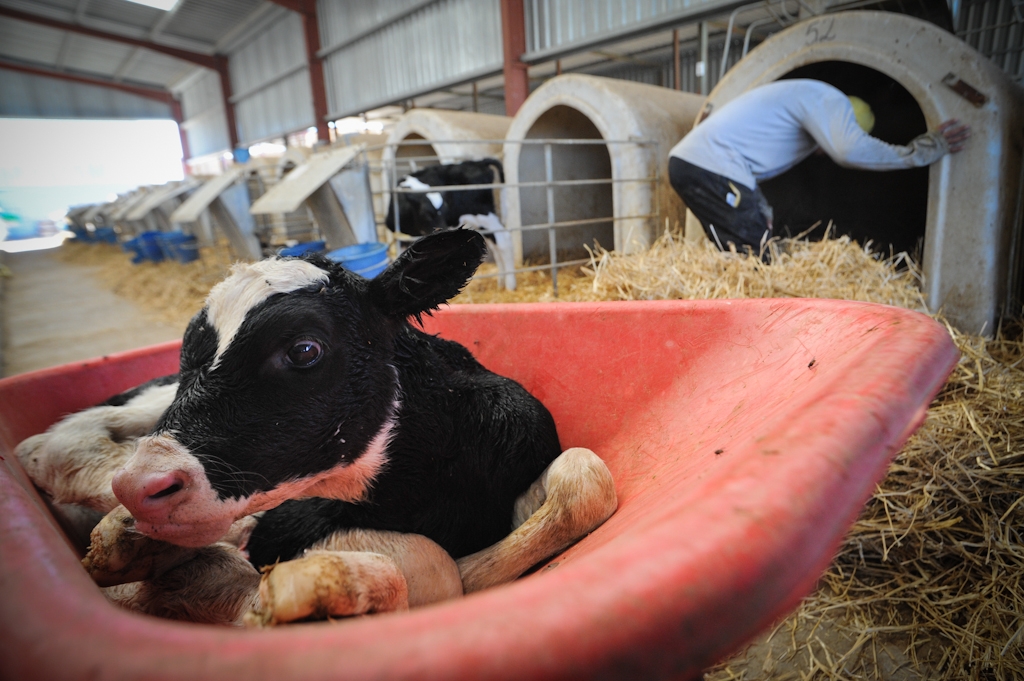Sermon delivered at Drew Theological School Chapel by David Clough, April 2018
"May my meditation be pleasing to him, for I rejoice in the LORD."
What emotions do you bring to worship this evening? Delight at glimpses of beauty and of love? Sadness at tragic loss? Anger at injustice? Resentment and bitterness about our lot?
We find all these responses in the Psalms. They are deeply honest, sometimes uncomfortably so, conveying a preparedness to put the whole of human life in the context of a relationship with God.
In the Psalm we’ve heard (Ps. 104), the mood is awe and wonder. The Psalmist is intoxicated by a vision of God’s creative and providential work. At times the vision is on a grand scale, stretching the heavens like a tent, setting the earth on its foundations. At other times the vision is particular and tender: watering the cedars of Lebanon so that the storks may make their nests in their branches, providing high mountains as a home for goats and rock badgers.
Humans are part of this scheme, enjoying wine, oil, and bread as God’s gifts — three of my favourite foods. But they are only part. In commentary on this passage Karl Barth found it embarrassing that humans are only discussed alongside other creatures, but I find it a profound perspective in which the Psalmist is able to picture themselves alongside a whole universe of God’s other creatures.
All creatures look to God for food, and the Psalmist rejoices to God that ‘when you open your hand, they are filled with good things’. The Psalmist also recognises the fundamental commonality between all of God’s creatures: ‘When you send forth your spirit, they are created’; ‘when you take away their breath they die and return to the dust.’
How does the Psalmist respond to this celebration of God’s work? With exuberant praise: ‘I will sing to the LORD as long as I live; I will sing praise to key God while I have being’.
Not everyone shares this response: the Psalmist asks God to make an end of the wicked who do not share this response to God’s ways with the world.
The conclusion is a call to bless and praise the Lord.
As you are well aware, this call to praise of the God who is creator and sustainer of all is by no means unique to Psalm 104. Other psalms call the whole creation to praise God in response to God’s grace. Elsewhere in the the Wisdom literature, in the closing chapters of Job, in Proverbs, and in Ecclesiastes, we find similar themes. The creation narratives in Genesis 1-2 shares much of this vision. The prophets lament the plight of humans and other animals subjected to God’s judgement, and look forward to the time of the Messiah when all creatures will dwell peaceably on God’s holy mountain. In the New Testament Jesus teaches that not a single sparrow is forgotten by God and that birds and lilies are good models for Christian discipleship. Paul laments the groaning of all creatures subjected to the labour pains of the new creation, and looks forward to the time when all creatures will be released into the freedom of the children of God. And the opening of the letters to the Ephesians and Colossians express a faith in Jesus Christ that is nothing short of cosmic: making peace and gathering up all things in heaven and earth. Psalm 104 is therefore a particular instance of a vision of God’s gracious dealings with creatures that is a key theme of biblical texts.
Later Christian traditions also celebrated God’s providence and care for creaturely life. We find particularly striking examples in the stories told of the saints. We may smile at these stories, but we should not only smile: they are attempts to envision what it might look like for true holiness to be expressed in the way we live with other animals.
And how do we respond? Well in the first place, we will want to rejoice with the Psalmist in God’s astonishing creative and wondrous work: the magnificent beauty and diversity of creaturely life of which we are but one small part, the intricacy of the particular mode of life of every creature, the abundant grace of God in provision for all creatures, the vision that all this life, compromised in its flourishing in these days, will be gathered up in the fullness of time in a new creation in which every creature will attain fullness of life. Amen to that.
But there must be a second note to our response, one that recognises that the ways in which we treat other creatures is at fundamental odds with this theological vision. I recently came across a statistic that summed this up more starkly than anything I had seen before. Over time, we have taken more and more of God’s world under our control, including the lives of other creatures. By 1900, the biomass of all domesticated animals exceeded the biomass of all wild land mammals by 3 and a half times. That means by then we had already taken habitat away from wild animals on a tremendous scale, depriving them of an environment and replacing them with domesticated animals given life only to provide us with food. But in the last 100 years we have gone much further. We increased the number of domesticated animals by four times, which was a major factor in reducing the population of wild land animals by half, and meant that by 2000 the biomass of domesticated animals exceeded that of wild land mammals by 25 times.
It’s no better in the sea: during the same period we reduced the population of fish in the oceans by 90%.
The big picture is that we have not been content to live as one among many of God’s creatures, as pictured in Psalm 104. Instead, we have attempted to take a god-like power over their lives, monopolizing the earth to provide for our greedy wants, subjecting our fellow creatures to the horrible cruelties of industrialised agriculture and aquaculture which have also resulted in a mass extinction of wild animal species.
Reading Psalm 104 in the knowledge that this has how we have responded to the magnificent diversity of God’s creaturely life is deeply uncomfortable. How can we praise God for providing a place for the storks to build their nests when we have since destroyed it? How can we praise God for opening her hand to provide food for every creature when we have so frequently acted in ways that take their food away? We worship a God who creates and provides; in response we have destroyed and deprived. It seems to me that we are in danger of reading the Psalm in bad faith, and in so doing failing to recognize that our actions place us among the wicked that the Psalmist condemns.
Now thank God, we worship a God whose nature is always to have mercy, and who through Jesus Christ offers us today and every day the chance to confess our sins, turn from our sinful ways, repent, receive forgiveness, and begin again in newness of life. Thanks be to God!
We worship the God who in Jesus Christ proclaimed that Isaiah’s prophecy was coming true: good news for the poor, liberation for the captives, recovery of sight for the blind, freedom for the oppressed. It is no stretch to recognize God’s other-than-human creatures as among the poor, the captives, and the oppressed in our days, especially as the jubilee year Jesus proclaims is a culmination of seven year pattern of sabbath for the land, which allowed no sowing or reaping, which Lev 25 states is to benefit domesticated and wild animals, alongside male and female slaves, hired and bound labourers.
If our repentance for the ways we have contributed to the mass destruction of the lives of other creatures is to be sincere, we must seek to find glad patterns of life in response to God’s grace that reduce our devastating impacts on our fellow creatures, and embody Jesus’s liberating call to sabbath and jubilee. First steps are not hard to find: we need to reduce our consumption of animals by eating more plant-based foods and less animal products, and look for opportunities to source any remaining animal products from environments where animals have more opportunity to flourish.
Some may think that in a context where so many human lives are imperilled by war, poverty, racism, and discrimination, we don’t have time to care about other animal creatures, but it turns out that reducing consumption of animals is good for humans and the planet, too. The places where farmed animals are killed and their bodies processed into meat are nasty and dangerous, and the work is done by a labour force that is disproportionately female, black and Latino/a, and migrant. Reducing consumption of animals would also be good for human food security. We currently devote 78% of agricultural land to raising animals and feed 1/3 of global cereal output to livestock, which philosophers and theologians from Plato onwards have recognized is appallingly wasteful compared to growing human food crops. Very often, indigenous peoples have been displaced to make way for domesticated animals providing wealth for white colonizers. Human and non-human oppression intersect here and elsewhere. Reducing consumption of animals would also be good for human water security, would reduce the risk of new strains of bird and swine flu, and the health risks that come with overconsumption of meat. Raising livestock also contributes more to global greenhouse gas emissions than transport, as well as causing local pollution that damages the lives of the disproportionately poor and black communities forced to live alongside vast lagoons of shit that industrial animal farming generates. [Are you noticing the pattern here?] We don’t have to choose between caring for humans, caring for animals, and caring for the planet, because reducing consumption of animals is a win/win/win proposal.
For some, stopping to think about the implications of Christian faith for our use of other animals will lead them to adopt a vegan diet. You can find lots of resources online for how to get started with this. Others may not be able to imagine such an abrupt change, and may instead prefer to start by finding substitutes for meat, fish, and dairy for particular meals, or going plant-based for a day a week as Christians have done in the past. The CreatureKind project Sarah and I are working on encourages an institutional response: supporting places like Drew in finding opportunities to reduce consumption and move to higher welfare sourcing. There are many ways to start or continue on this journey, and it’s much better to find a way to take the next step, rather than do nothing out of worry that you can’t yet see the final destination.
In these days of the groaning of creation, when the reign of God is already but not yet, we cannot set our relationship with other creatures fully right. We will always be faced with forced compromise, where the best we can do remains imperfect. We will never therefore be able to read Psalm 104 without regretting the ways in which our relationship with other creatures is broken alongside joining gladly in the chorus of creation’s praise of God. We cannot end the groaning of creation, but we can attend to it, and respond by doing what we can to reduce our part in worsening the lot of our fellow creatures. We cannot love and provide for other creatures as God does, but we can be inspired by God’s love and care for them to love and provide for them as we are able, and seek ways to contribute to their flourishing wherever we can.
'O LORD, how manifold are your works!
In wisdom you have made them all;
the earth is full of your creatures’ (v. 24)
‘Bless the LORD, O my soul. Praise the LORD!’ (v. 35)
























